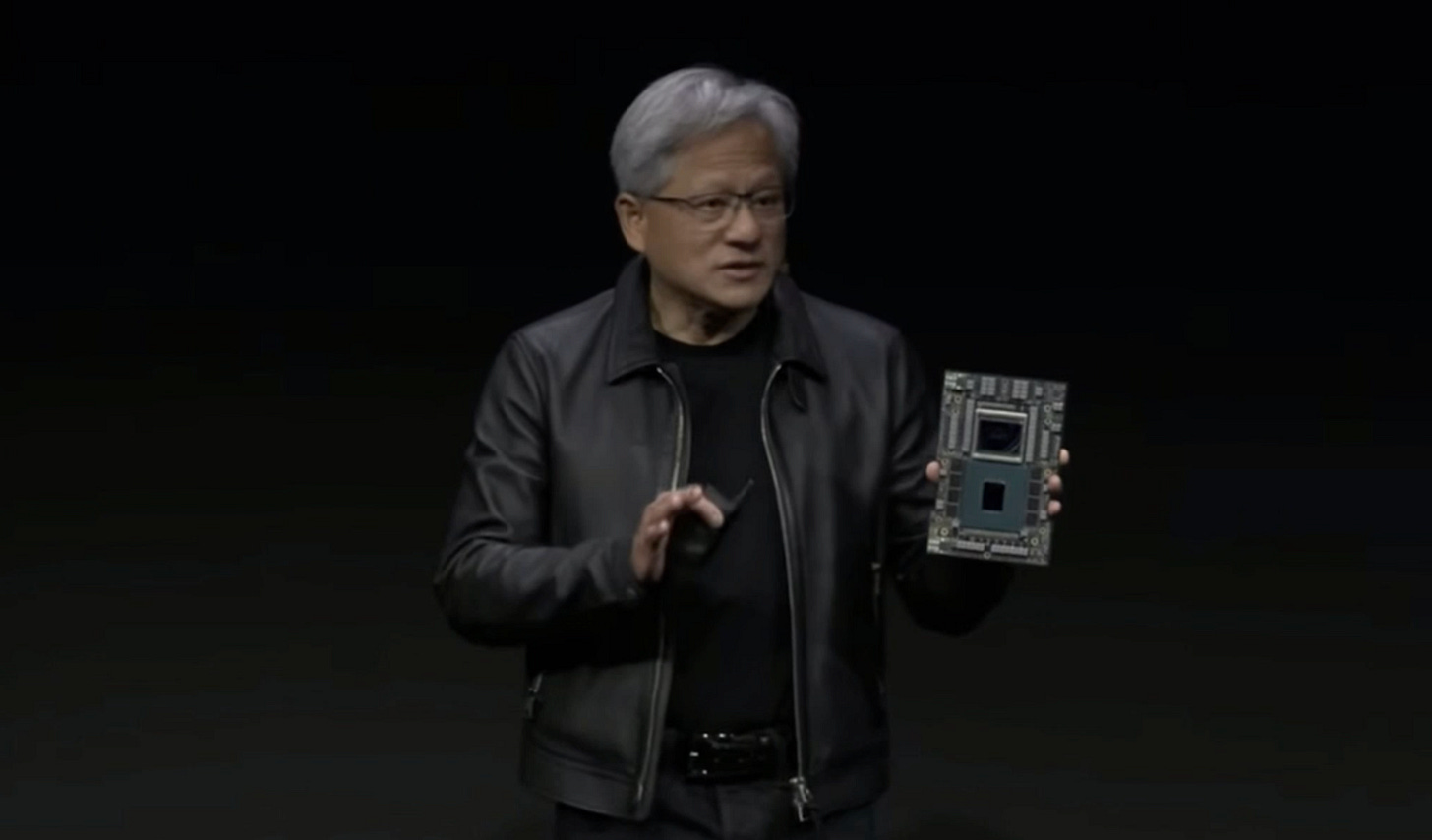The Democratization of Creation
How AI is Transforming Computing and Unlocking New Possibilities
Digital transformation is a term that has been thrown around for decades, but recent advancements are signaling a revolution like never before. Jensen Huang's SIGGRAPH keynote made some bold announcements that echo this sentiment. This article ventures into the fascinating world of AI, suggesting that we are at a "big bang" moment with profound implications.
The Revolution in AI
The origins of AI trace back to humble algorithms, which over time, evolved into the complex, generative, large language models we see today. These models, like OpenAI's GPT series, have capabilities that are nothing short of mind-blowing. From generating human-like text to creating art and music, the feats achieved today would seem like magic just a few years ago. Huang aptly coined it, "This is the iPhone moment for AI."
LLMs as a New Computing Platform
"Human is the new programming language," is a phrase that captures the essence of the new wave in computing. Gone are the days of cryptic code being the primary mode of interaction. Now, through natural language processing, a broader population can "speak" to computers. Large Language Models (LLMs) stand at the forefront of this transformation, with generative AI playing the role of the "killer app" for this paradigm.
Software 2.0
How AI Will Transform Development: Imagine an environment where developers no longer code but explain their ideas, and the AI realizes them. The concept of Software 2.0 stands on this foundation, where generative AI can synthesize code, create assets, or develop content based on plain instructions. Furthermore, with AI assistants, developers can be guided, automate repetitive tasks, and receive intelligent suggestions. This isn't just hypothetical; innovators are already leveraging custom datasets and models to redefine what's possible.
Digital Twins: Simulating the Physical World
The Omniverse is opening doors to a realm of interconnected digital twins. These aren't just mere digital replicas but can be leveraged using AI, simulation, and real-time 3D to optimize designs even before they're built. This dynamic approach is a leap from static mock-ups, and its applications are vast. Industries like manufacturing, urban planning, architecture, and mining are only scratching the surface of its potential.
Digitizing Physical Products and Experiences
The lines between the digital and physical realms are blurring. With CAD data seamlessly integrating into real-time 3D experiences, opportunities are immense. From interactive product configurators to marketing materials that can be tailored on-the-fly, we're witnessing a new dawn. AR/VR interactions with digital twins further expand the horizons of business potential. Moreover, the concept of owning NFTs associated with virtual products is provocatively blurring the boundaries of ownership between the physical and digital spaces.
At the heart of this revolution is the democratization of creation. AI is not just a tool; it's an extension, an augmentation. With new computing platforms, we're unlocking applications that once lived in the realms of imagination. Yet, as we stand on the precipice of this transformation, it's imperative that we ensure these technologies align ethically with the broader human interests, ensuring an era of responsible and empowered creation.


